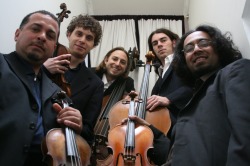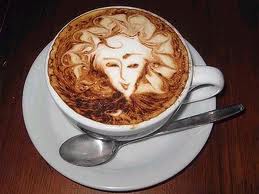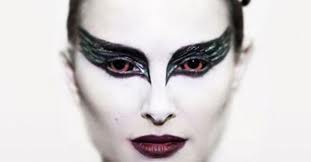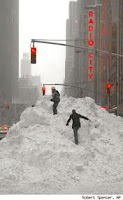 It was, in a way, very gratifying to turn up at the Red Poppy Art House in San Francisco’s Mission District on Friday night and have to listen to half of a performance while standing in the cold outside along with a bunch of other people not quite willing to accept the “sold out” sign and hoping that extra seats might open up after intermission. It’s not everyday that the management of a small arts venue hosting a chamber music concert has to deal with this problem. It’s a good problem to have.
It was, in a way, very gratifying to turn up at the Red Poppy Art House in San Francisco’s Mission District on Friday night and have to listen to half of a performance while standing in the cold outside along with a bunch of other people not quite willing to accept the “sold out” sign and hoping that extra seats might open up after intermission. It’s not everyday that the management of a small arts venue hosting a chamber music concert has to deal with this problem. It’s a good problem to have.
The group that attracted such a scene was The Musical Art Quintet, a classically-trained string ensemble which plays original compositions written by group members ingrained with salsa, tango, jazz and klezmer influences. The Quintet is one among a growing number of chamber music outfits working to revitalize the genre by incorporating music from non-classical genres (e.g. The Turtle Island Quartet, The San Francisco Quartet, The Real Vocal Quartet etc.)
In some ways, the Musical Art Quintet didn’t give a jaw-dropping performance. The players’ technique was a bit slap-dash and the music didn’t seem particularly technically-demanding or original in its blend of different musical influences.
But there was so much feeling, love and life to the ensemble’s groove that I’m not surprised audiences flocked to the small arts space to hear them.
We were crammed in to the venue so tightly (when we did finally get inside, my friend Erika and I shared a stool at the back of the room which really tested the strength of our gluteal and calf muscles) that we could barely find room to stand up and clap. But stand up people did. Some of them even found space to dance. Imagine that — dancing to a string quintet!

 This year,
This year,  People are more precious about food and drink in the Bay Area than perhaps anywhere else in the country. The artisanal, locally-harvested, sustainably-grown approach to dining and drinking that was started by chefs like Alice Waters at Chez Panisse decades ago is now reaching a point where soup isn’t soup unless its ingredients have been culled by the light of the moon from hedgerows in Golden Gate Park and bar tenders are arguing about whether cocktail recipes should be copyrighted.
People are more precious about food and drink in the Bay Area than perhaps anywhere else in the country. The artisanal, locally-harvested, sustainably-grown approach to dining and drinking that was started by chefs like Alice Waters at Chez Panisse decades ago is now reaching a point where soup isn’t soup unless its ingredients have been culled by the light of the moon from hedgerows in Golden Gate Park and bar tenders are arguing about whether cocktail recipes should be copyrighted. I finally got around to catching Darren Aronofsky’s film Black Swan at the flicks this past weekend. The movie falls in line with the long tradition of hard-bitten films about ballerinas starting with the 1948 classic The Red Shoes.
I finally got around to catching Darren Aronofsky’s film Black Swan at the flicks this past weekend. The movie falls in line with the long tradition of hard-bitten films about ballerinas starting with the 1948 classic The Red Shoes. As more arts journalists find themselves leading increasingly peripatetic lifestyles either by choice or necessity, ethical issues that have always existed in the journalism world become increasingly pronounced and thorny.
As more arts journalists find themselves leading increasingly peripatetic lifestyles either by choice or necessity, ethical issues that have always existed in the journalism world become increasingly pronounced and thorny.